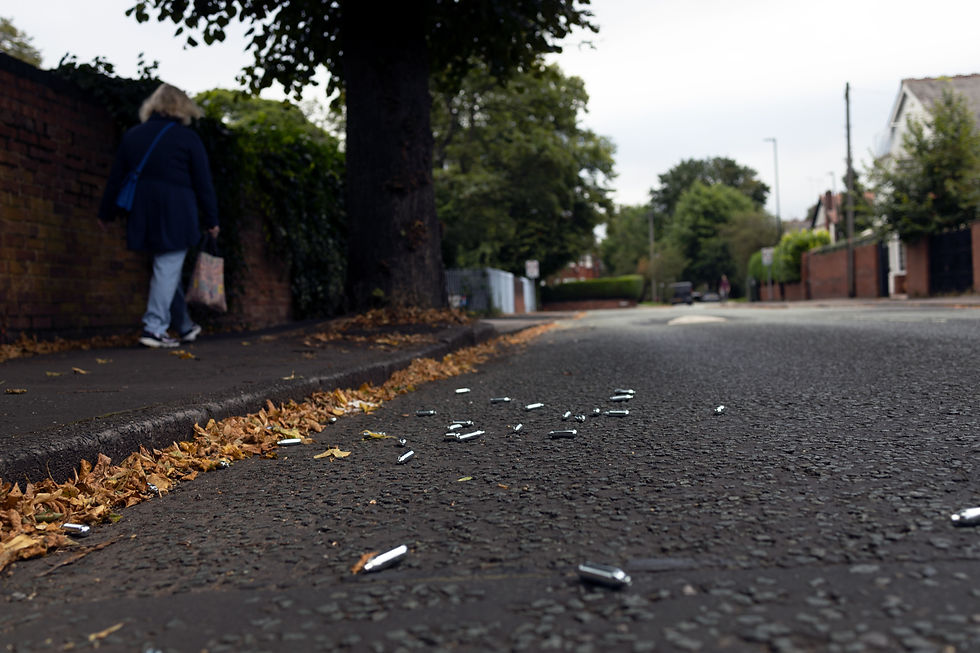Joining the dots: domestic abuse, civil and criminal justice and technology
- Crest Advisory
- Oct 8, 2018
- 3 min read
Updated: Apr 23
Insights Report
Authors: Jon Clements, Executive Director | Sophie du Mont
Monday 8 October 2018

Crest Advisory and CGI have undertaken this partnership research project to identify ways to address the twenty-first century challenges of tackling domestic abuse across the justice system and beyond.
Our aim was to connect research, policy, lived experiences and technology to be able to explore ways that the systems and processes could better protect vulnerable people and prevent domestic abuse now, as well as to look at where the opportunities lie for solutions for the future.
Domestic abuse is a prevalent, high-impact crime with widespread and lasting consequences. Today in England and Wales there are estimated to be 6.5 million adults who have directly experienced domestic abuse, and overall one in four women and one in six men will experience domestic abuse in their lifetime. In 2016-17, eighty-two women and thirteen men were killed by a partner or former partner.
Victims of domestic abuse have two avenues open to them in securing an official response: a criminal justice response, and a civil justice one.
A criminal response will be reliant on the police to investigate and the crown prosecution service (CPS) to make a decision about charging and prosecution. In addition, the police can issue a Domestic Violence Protection Notice or a Domestic Violence Protection Order via the Magistrates’ court.
Victims not wishing to go down the criminal route may instead choose a civil remedy, primarily a non-molestation order (NMO) or an occupation order. NMOs were introduced as a civil order under the Family Law Act 1996, and in 2007 breach of a NMO became a criminal offence.
Our report focuses on the disconnect between these two responses, and more broadly the civil and criminal justice systems on domestic abuse.

Why now?
The Government has committed more than £100 million to tackle violence against women and girls, and a Domestic Abuse Bill is due this autumn. Therefore, we believe now is the time to identify systemic issues and put forward solutions to address them. Victims of domestic abuse need and deserve a criminal and civil justice system that work in harmony to support and protect them.
Approach
Our starting point was to understand how problems we know about currently can be solved using existing systems and tools.
We ran a series of workshops bringing together criminal and civil justice practitioners, stakeholders and experts to look at challenges related to domestic abuse, examine the disconnect between the civil and criminal justice systems, and devise and test innovative solutions. In addition to the series of roundtable meetings we held individual meetings and briefings with senior stakeholders.
This report brings together the technical intelligence and public safety expertise of CGI with Crest’s deep understanding of criminal justice, bolstered by evidence, insights and research undertaken by sector experts gathered over a period of six months.
Findings
We found that the police and criminal courts often lack clear and robust processes for working with the civil justice system. In practice this means that:
basic information is not routinely shared between the police and civil courts
where information is shared, it is not always timely
there is sometimes a lack of understanding among practitioners about what civil orders mean in practice
criminal and civil justice systems do not always take full account of each other’s judgements.
Looking to the future: the need for a new approach
The aim of this report is not to give definite answers as to how the issues raised should be addressed, but to prompt criminal justice leaders to engage with the debate.
We have however set out five key questions and suggested potential solutions that could significantly improve the current approach, and provide a better and safer system for victims of domestic abuse.
Download the report in full to read the full list of 10 recommendations.
How can we ensure the better coordination of civil/family and criminal courts processes?
Should non-law enforcement agencies be able to access policing data to ensure proper safeguarding?
What opportunities are there to enhance knowledge and business process across the system, and address inconsistencies in response to domestic abuse?
Before any new protective order is introduced, do we understand the efficacy of NMOs and civil orders as protective measures for those subjected to domestic abuse?
Could the courts require non-criminal justice agencies to do more to address the drivers of offender behaviour?



